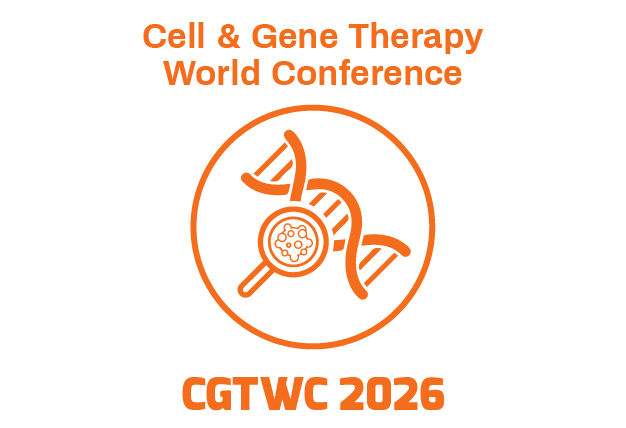Speakers - 2025
Po Jen Shih
- Designation: National Taiwan University
- Country: Taiwan
- Title: Pneumatically Induced Cyclic Stretch Enhances Corneal Stromal Cell Alignment and Accelerates Wound Healing
Abstract
Corneal injuries disrupt the organized alignment of stromal cells, which is essential for maintaining corneal transparency and visual acuity. This misalignment during the healing process often leads to optical aberrations and long-term vision impairment. Given the global shortage of donor corneas and the limited reliability of artificial corneas and ex vivo cell culture systems, there is a critical need to better understand the mechanical factors that influence corneal repair. In this study, we developed a novel pneumatic tension stretching system designed to simulate the physiological intraocular pressure fluctuations and biomechanical environment of the cornea. The system applies cyclic mechanical stretch to a compliant polyacrylamide hydrogel substrate, which has been tuned to replicate the stiffness of native corneal tissue. Corneal stromal cells were cultured on this substrate and subjected to cyclic mechanical stimulation over defined time intervals. Compared to static culture conditions, dynamic stretching significantly enhanced both stromal cell proliferation and alignment along the direction of applied tension. Immunofluorescence imaging revealed improved expression of cytoskeletal and differentiation markers, suggesting that mechanical cues promote a more physiologically relevant cellular phenotype. To further investigate the role of mechanical forces in wound healing, we introduced micro-scale square wounds using a precision laser ablation technique within the cell monolayer. Time-lapse observations demonstrated that under cyclic stretching, wounds elongated into elliptical shapes within 20 hours and showed near-complete closure by 40 hours. In contrast, wounds under static conditions healed more slowly and retained irregular geometries. Interestingly, the directionality of wound orientation relative to the applied stretch played a critical role in healing outcomes. Wounds aligned parallel to the direction of cyclic tension exhibited faster and more organized closure under dynamic conditions, while vertically oriented wounds showed better repair in static environments. These findings suggest that mechanical anisotropy modulates cellular migration and matrix remodelling during regeneration. In conclusion, this study highlights the importance of biomechanical cues in corneal stromal cell behaviour and wound repair. Our pneumatic cyclic stretching platform provides a promising tool for modelling corneal biomechanics in vitro and could inform future strategies for enhancing corneal regeneration and designing biomimetic therapies.


